WASHINGTON—The U.S. Chamber of Commerce called for the federal government and states to take swift action to address “the country’s ever-worsening workforce crisis,” as the economy gains momentum, triggering a strong demand for labor.
“We are seeing an increasing number of businesses turning down work and only partially reopening because they can’t find enough workers.”
The number of hires, meanwhile, increased slightly to 6.1 million, suggesting that job positions are opening faster than businesses can fill them.
Millions of Americans are still unemployed, even as many business owners are having trouble filling jobs. The gap of 3.2 million between the number of job openings and hires was the largest on record, Scott Anderson, chief economist at the San Francisco-based Bank of the West, said in a report.
According to Anderson, “COVID fears, a lack of child care, skills mismatches, and generous jobless benefits are collectively holding back people from rejoining the labor force.”
The sector with the greatest increase in job openings in April was food services, which added 349,000 openings.
Companies blame the generous federal unemployment benefit as the biggest barrier to a job market rebound. The Biden administration’s $1.9 trillion stimulus plan extended the weekly unemployment benefit at $300 through Sept. 6.
The U.S. Chamber called on the 25 remaining governors to do the same and use the relief money in training the workforce and providing child care for parents to help them return to work. It also urged Congress to boost the levels of legal immigration and work visas.
The nation’s largest business organization earlier called the labor shortage crisis a “national economic emergency” and launched “America Works,” a nationwide initiative to rally the business community to push for policy changes at the federal and state level to address the problem.
The economy is still 7.6 million jobs short of where it stood before the pandemic started last year. And one of the concerning trends in the jobs report is the rise of early retirements due to the pandemic.
There’s a structural decline in workers who are over the age of 55, according to Beata Caranci, chief economist at TD Bank Group and chair of the American Bankers Association’s Economic Advisory Committee.
And that age group may not reenter the workforce as expected, she said at the association’s press conference on June 3.
Economists are divided over whether the $300 unemployment supplement discourages work.
While some economists predict a significant jump in employment in these states in coming weeks, others still hesitate to draw a direct relationship between the labor shortage and the benefits.
“I think it would be an overstatement to say it’s just related to the benefits,” Caranci said, in response to a question by The Epoch Times.
“The challenge, however, will be that we think there’s this natural increase in labor supply occurring at the same time that the benefits are being removed by these states. So to be able to attribute one to the other will be very difficult,” Caranci said.
There may be a tendency to draw a conclusion, she noted, but there are other factors that help the labor market recovery, including rising vaccination rates and reopening of schools.
President Joe Biden has pushed back against the notion that the unemployment benefit is discouraging people from returning to work, but also said on June 4 that it “makes sense” for the benefit to end in line with its scheduled expiry date in September.
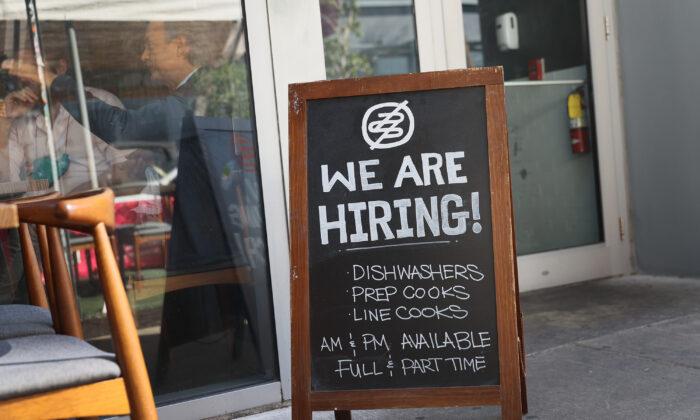

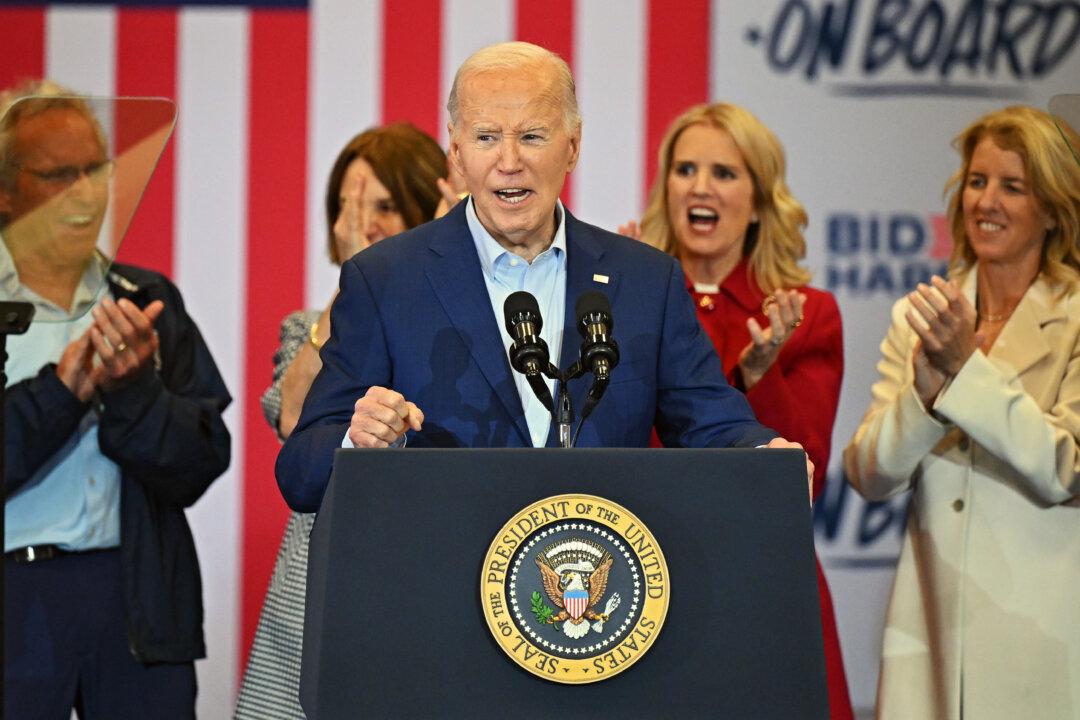
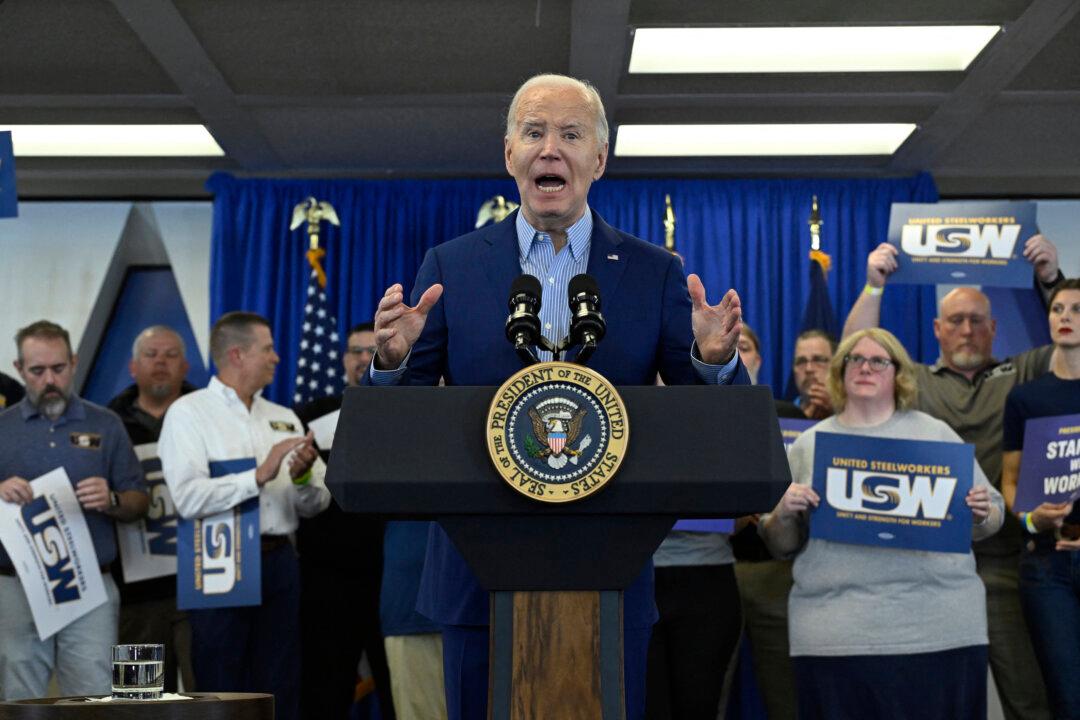
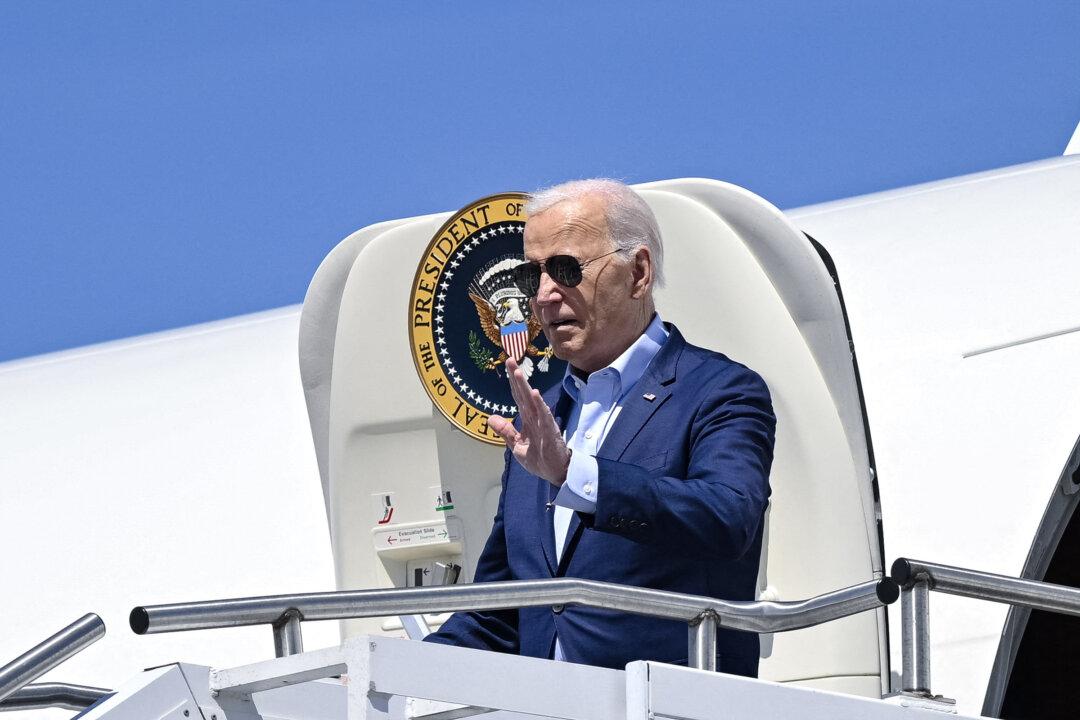
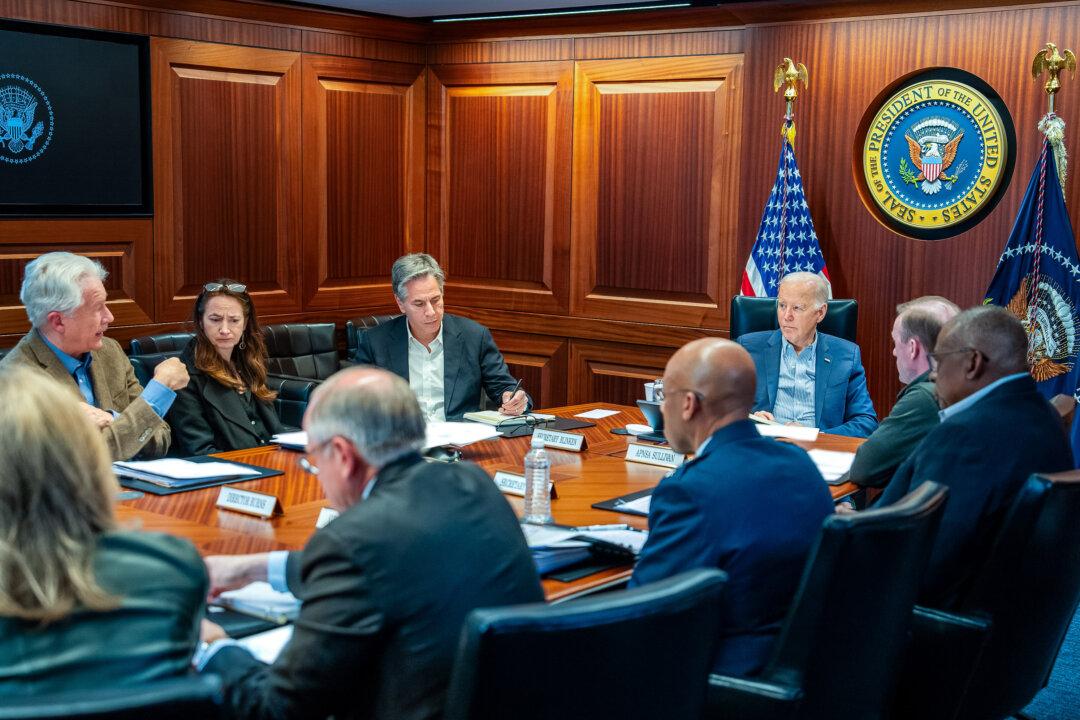
Friends Read Free